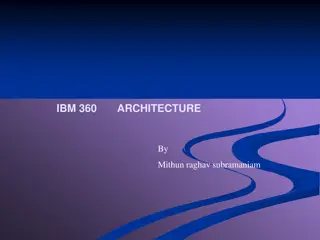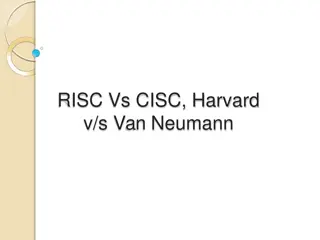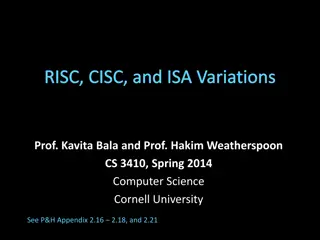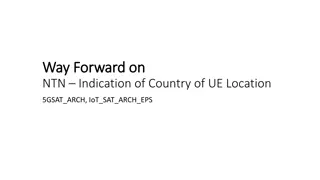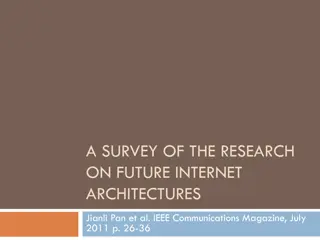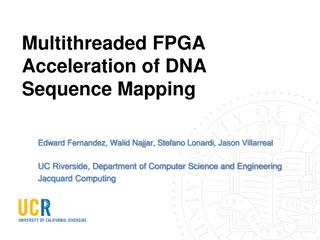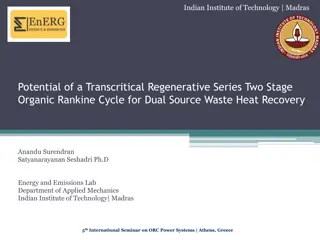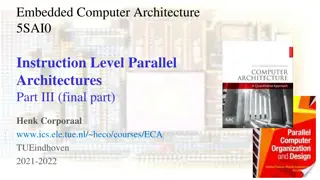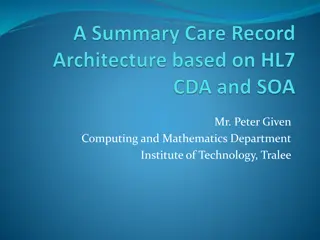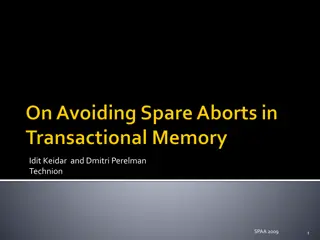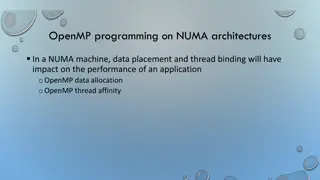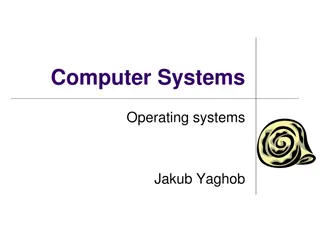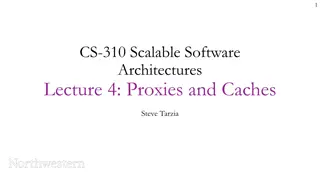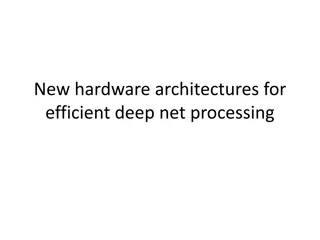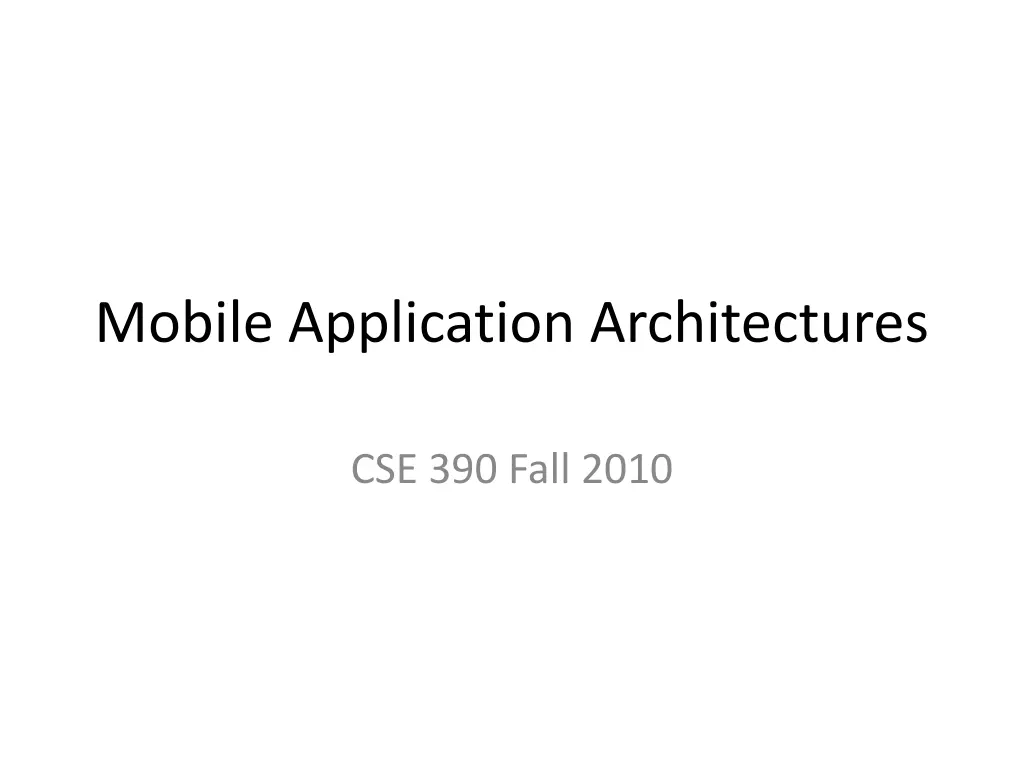
Understanding Client-Server Architectures
Explore the division of labor in mobile application architectures, including client-server layers, thin clients, fat clients, client-server tiers, security, and durability. Learn about the pros and cons of different tier architectures and how they impact scalability, security, and cost.
Download Presentation

Please find below an Image/Link to download the presentation.
The content on the website is provided AS IS for your information and personal use only. It may not be sold, licensed, or shared on other websites without obtaining consent from the author. If you encounter any issues during the download, it is possible that the publisher has removed the file from their server.
You are allowed to download the files provided on this website for personal or commercial use, subject to the condition that they are used lawfully. All files are the property of their respective owners.
The content on the website is provided AS IS for your information and personal use only. It may not be sold, licensed, or shared on other websites without obtaining consent from the author.
E N D
Presentation Transcript
Mobile Application Architectures CSE 390 Fall 2010
Client-Server Layers (software) Layers describe the division of labor within the application code. The thinnest clients have 0 layers. Fat clients have as many as 3 layers. Servers have from 1 to 3 layers. The layers are: 1. Presentation (UI) 2. Business (Logic) 3. Data Access
Thin clients Less dependent on mobile OS or platform type. Typically use the widely available Wireless Application Protocol (WAP) browser to display web pages (HTML, XML) or WAP pages (WML). 0 Layers of application code. UI, logic, and data access layers are minimal and merged. Easier to maintain and support than fat clients, but need a persistent server connection.
Fat clients Can operate independent of a server connection. Most often use a store and forward approach to data. More dependent on the platform and OS, and not as portable. Often use a 3 layer design to facilitate code reuse and portability. 2 layer designs merge the Presentation and the Business layers.
Client-Server Tiers (hardware) Tiers describe the division of labor on multiple servers. 1. Presentation Many servers (low end) 2. Application Fewer servers (midrange) 3. Database Two servers (expensive, high-end) More distributed architectures enhance scalability and security. Adding more low-end servers is called horizontal scaling. Adding more expensive servers is called vertical scaling.
Security and durability A three tier architecture providing maximum durability, security, and scalability. Presentation Server(s) Application Server(s) Database Server(s) Store and Forward DB Firewall Firewall DB Mobile DMZ Intranet Zone
Tier architectures - pros and cons 1 tier Pros: convenient, quick to develop and deploy, cheaper Cons: less scalable, hard to secure (you have to place the server in the DMZ which exposes the DB to high risk) 2 tier (merges the presentation and application servers) Pros: still convenient, but allows for DB specialization Cons: less scalable, still hard to secure, and more expensive 3 tier DB, application, and presentation servers are split off from each other Pros: scalable, secure behind firewalls, allows for DB specialization Cons: overkill, more difficult to develop and manage, most expensive
Client connection types Always connected (browser-type). Partially connected (app-type). Store and Forward model. Never connected (not applicable). Synchronous communication all data received and stored before server confirms and acknowledges receipt. Asynchronous communication stores data locally on mobile device. Allows for periodic connection to server to upload/download.


